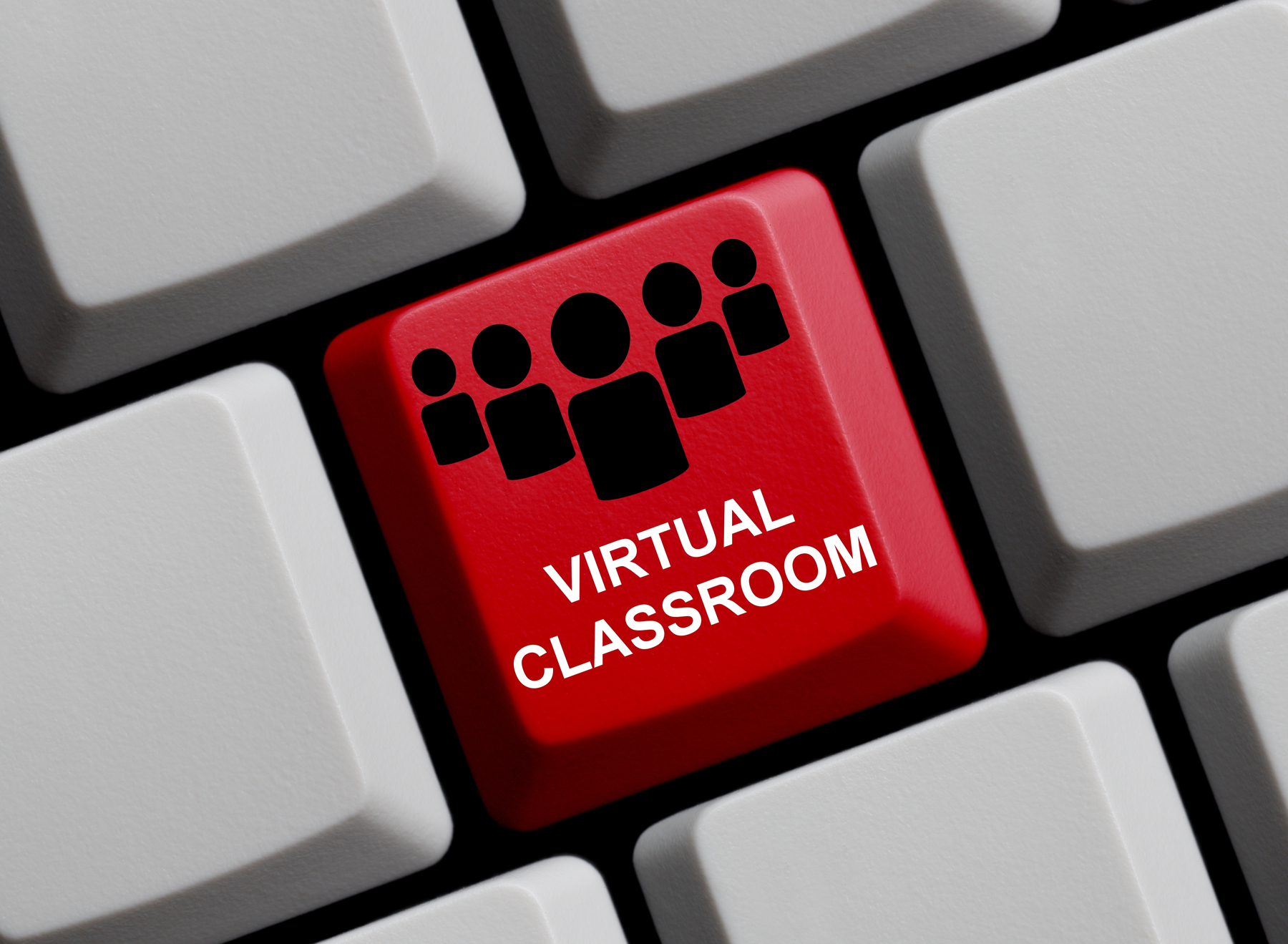Over the course of my career, I’ve been an advocate for ongoing employee development. In other words, I’ve always believed that training is not effective if it is viewed as a “check the box” and one-time initiative.
At Servicing Solutions, we’ve built a robust “Gateway Training” program in which all call center professionals continue their training after initial classroom sessions.
In a previous blog post, I answered the question “so just what is Gateway Training?” In simple terms, it is the continuation of new hire classroom training on the floor. At Servicing Solutions, our program was developed with the understanding that even after successful formal “classroom,” training, call center employees need continued guidance and assistance when it comes to applying the information and skills learned in the classroom.
This is all well and good when our entire team is “on the floor,” but I suspect that training is suffering for many of the thousands and thousands of workforces who were forced to become remote virtually overnight.
Servicing Solutions is one of these companies. However, thanks to our business continuity plan, we’ve been able to make a smooth transition for our clients, while also keeping the same level of Training for all professionals through Zoom.
If your workforce is suddenly remote and you’re finding it challenging to continue training, here are some of my observations.
• The biggest challenge I’ve seen is how to engage the participants without being able to see them. Use available technology to keep team members participating. For example, have participants introduce themselves in the Chat Panel, or use the Raise Hand tool when they finish a task,
• Encourage all employees to take a stretch break every 60-90 minutes, along with regular morning and afternoon breaks. These important mental and physical breaks are built into an employee’s schedule when at the office. Let them know that it’s ok to do this from home, as well.
• Avoid questions that are asked of all participants in general. You will often have people talk over each other. Rather, ask direct questions of individual participants and move on to others to ensure all are taking part.
• Specifically engage participants at least every four minutes to keep their attention on their screen rather than the distraction around them at home.
• In the live classroom, Trainers have the ability to read body language to see if someone has a question or is not sure of something. You don’t have those visual cues in virtual training so building in ways to check for understanding is important.
As you continue adapting to operating as a remote workforce, I encourage you to not let training suffer. Take advantage of technology to keep your team engaged…and improving!


